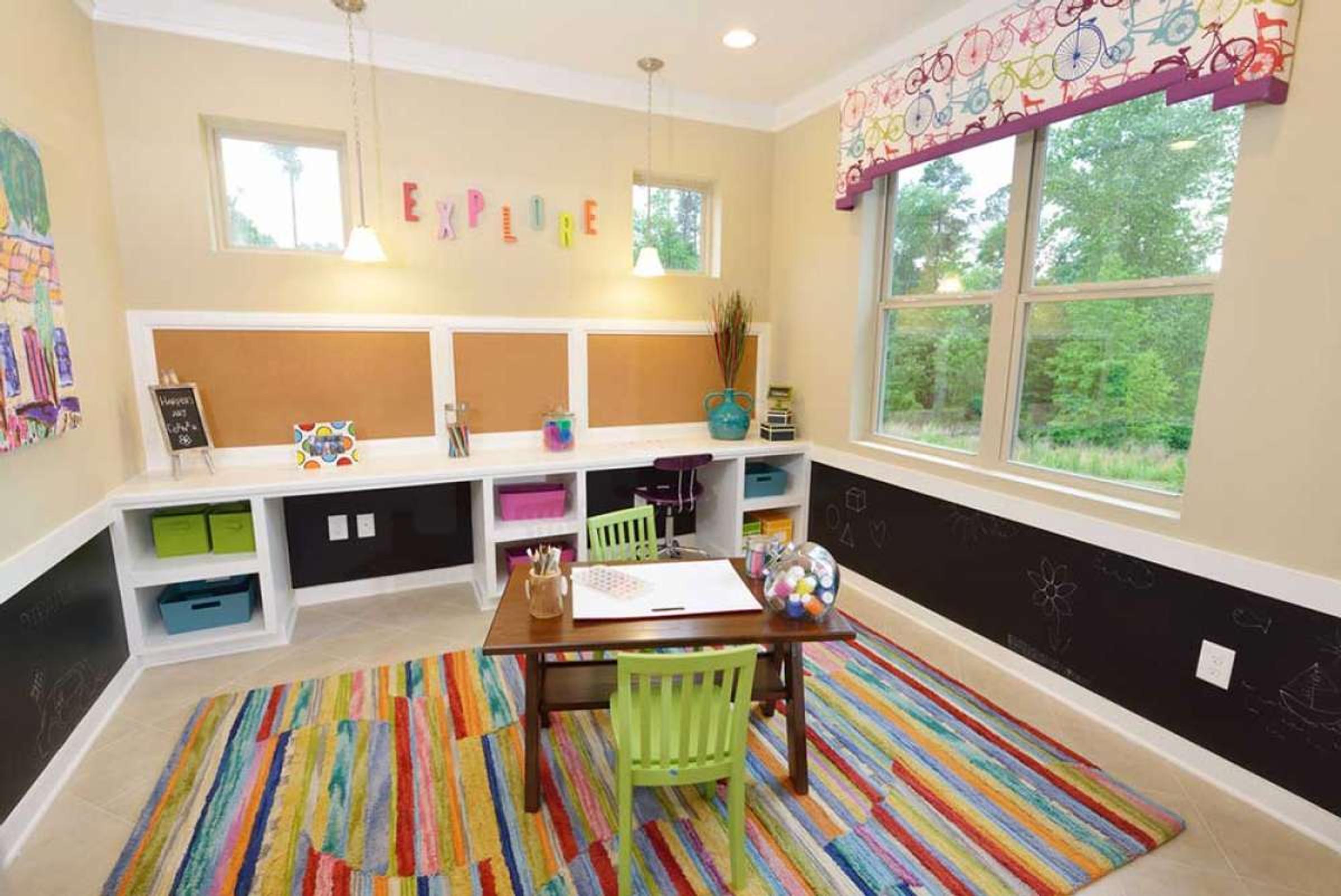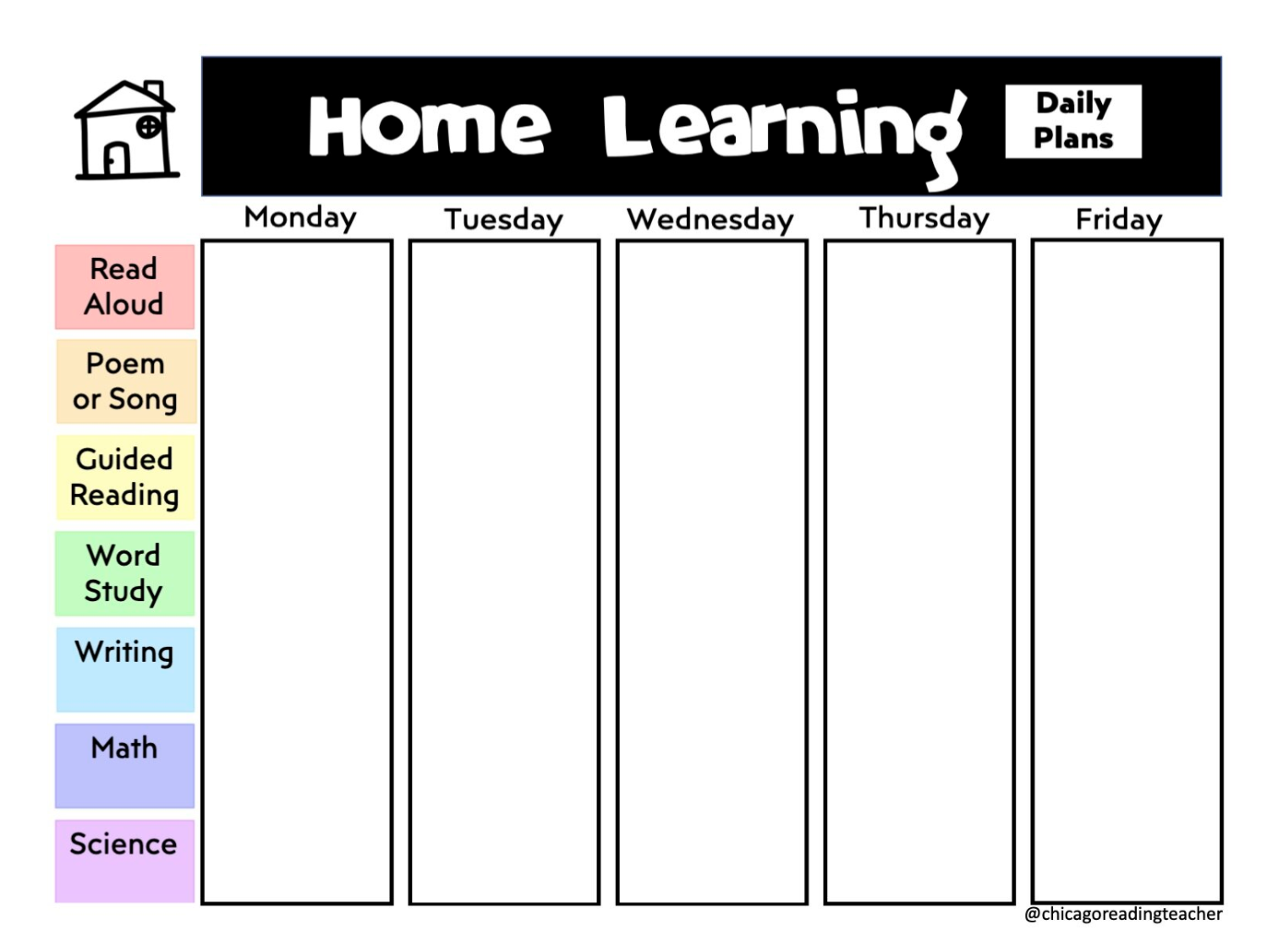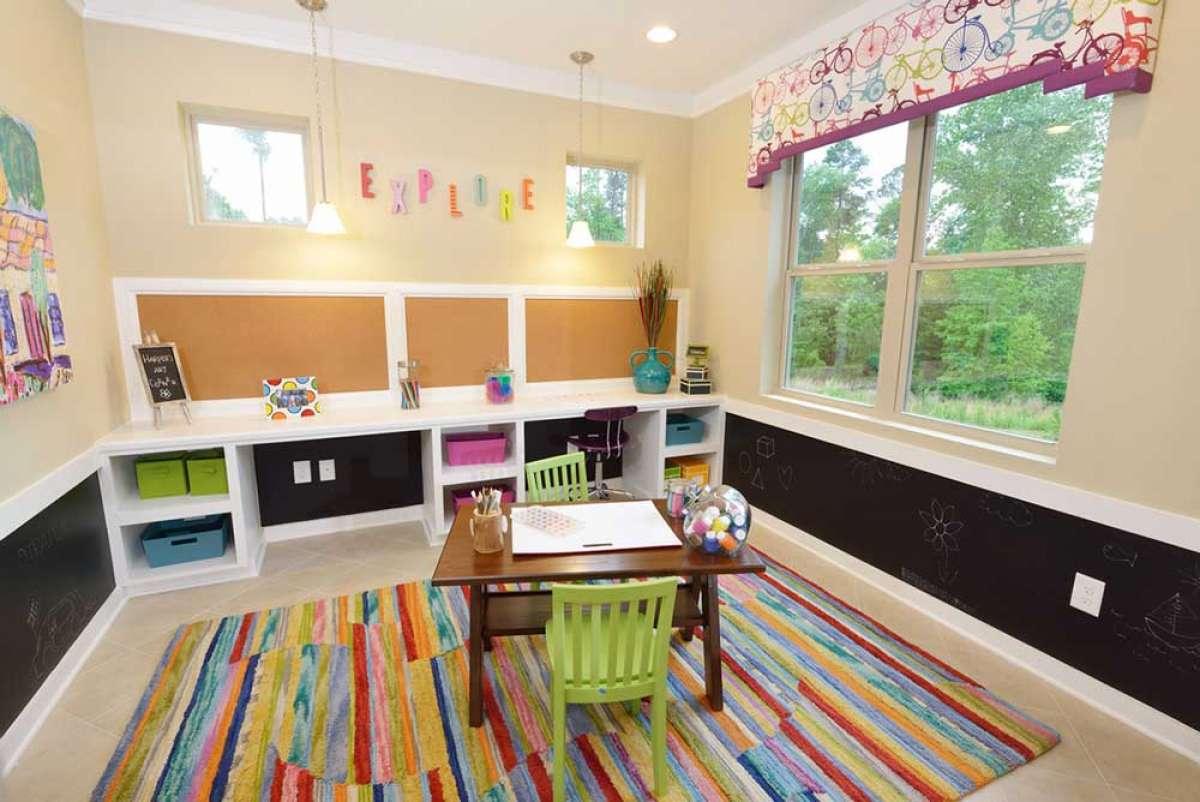Tips for home learning

Starting out with remote learning.
The transition from school as we know it, to remote learning is a new and challenging experience for us all. While we are hopeful that remote learning won't be long term, it is worthwhile setting up good habits right from the beginning. We understand that every family is different and that every home will approach remote learning in different ways. We also understand that those caring for students during this period of remote learning may also be trying to conduct their own work at the same time. This is no easy task, and many of the teachers are juggling those same responsibilities. Some things that may be useful to consider during this time are:
- Remote learning does not mean you are 'homeschooling' your child. The teacher will still design the task, deliver the curriculum and assess your child. You don't need to buy resources or design activities.
- Supporting your child to complete activities is great, but you do not need to do all the work for them. At school, they work independently. Learning at home should be no different. Sometimes, your child may need you to explain something to them, usually just rereading what the teacher has posted will be enough. If you feel that the work being posted is far too difficult, or much too easy, a simple email or message to the class teacher is recommended. Remote learning is new to everyone, so expect that it may take some time to adjust.
- The teachers are there to support you and your child, just like they are every day. It just looks a little different this term.
- Students are not expected to be working on school tasks all day. They don't do that at school, so expecting it at home is unreasonable.
Setting a home routine
While students are learning remotely, it is a good idea to set up some kind of schedule or timetable. Students are accustomed to a school day that is separated into chunks, so having regular work and break times is not something they are unused to. Every day doesn't need to look exactly the same, but having some kind of order to the day may help to keep everyone on track and working cooperatively. Designating times for work, play, rest, family activities and exercise is important for everyone, including parents and carers. Teachers may give an indication of how long learning tasks may take, so use that as a guide.
There are many great websites and ideas for creating bright and engaging home schedules, but it is important to find something that works for your family. Here is an example of an interactive schedule that you might like to check out -
https://www.thechicagoreadingteacher.com/blog/2020/3/17/home-learning-planning-template
Setting up a workspace
Some people will already have set up work spaces for their children to use during the remote learning phase. For many homes, workspace may be scarce, with potentially a whole family all trying to work from home.
Some things to remember when setting up a work space for your child:
- Don't feel like you have to set up a 'Pinterest-perfect' work space for your child. A clean, clutter free space with a good chair, plenty of light, a pair of headphones and easy access to the things they need to complete their work is all they need. (Somewhere with a strong wifi signal is also a bonus!)
- It's great if you can have a space that is central to where you will be located to be able to monitor online activity, just as you would normally.
- It's a great idea to have a 'remote learning tub' where students can keep all of their resources and work in one place. This would be really handy if your child is working in a shared space such as the kitchen or at the dining room table.
Helping your child with their work
Many parents will be feeling anxious around helping their child with the work that is set. It is normal to feel unsure about this, and unless you chose a career in teaching, it's understandable that a lot of what is being covered may be new to you. Feeling stressed that you may not be familiar with certain terms and vocabulary is normal, but not something you should be worried about. Chances are that even if you don't understand what it means, your child will. If not, an email or message to your child's teacher during their 2-hour contact window is a good idea. Don't forget that the teachers will be explaining the content of the tasks to the students either with written instructions or a video. In Seesaw, always ask your child to look for a video or audio instructions (at the bottom of the activity) when they first open an activity.
Below are some useful resources you may find helpful for helping your child with literacy and numeracy.
Tips to help your child with Literacy
Department of Education resource
Mrs Davis has also shared a video that may give parents of younger children an idea of how to approach a new book with a student. Just like learning to swim, we don't want to dive into the deep-end; let kids dangle their toes, and hold your hand as you move into deeper waters. Thank you to Evie, for letting us share this!
For older students, while the text will be much more difficult, some of the basic principles still apply: ask the child to identify what they know about the topic/theme; encourage them to imagine what the text might entail and connect to other stories or similar texts; use the available information (such as images) to get them thinking; then support them when hesitant. Don't expect perfect independence and full confidence immediately.
Tips to help your child with Numeracy
Department of Education resource
Tips to set up a routine and take regular work breaks
Maintaining a healthy lifestyle while working and learning from home is so important for everyone. Ensuring that you take regular time away from your workspace to head outside, get some fresh air and take a break is critical. At school, students usually work for no more than an hour without a break of some kind, be it a longer recess break outside or a shorter 'brain break' or 'brain food' break in the classroom. Make sure you allow for some down time throughout the day, and don't feel guilty if your children are watching more TV or using the iPad more than they usually would. These are unchartered waters we are navigating at the moment, remember to be kind to yourself.
Here is a link to an interesting article around some tips and tricks for taking effective work breaks that would be useful for both adults and children.


